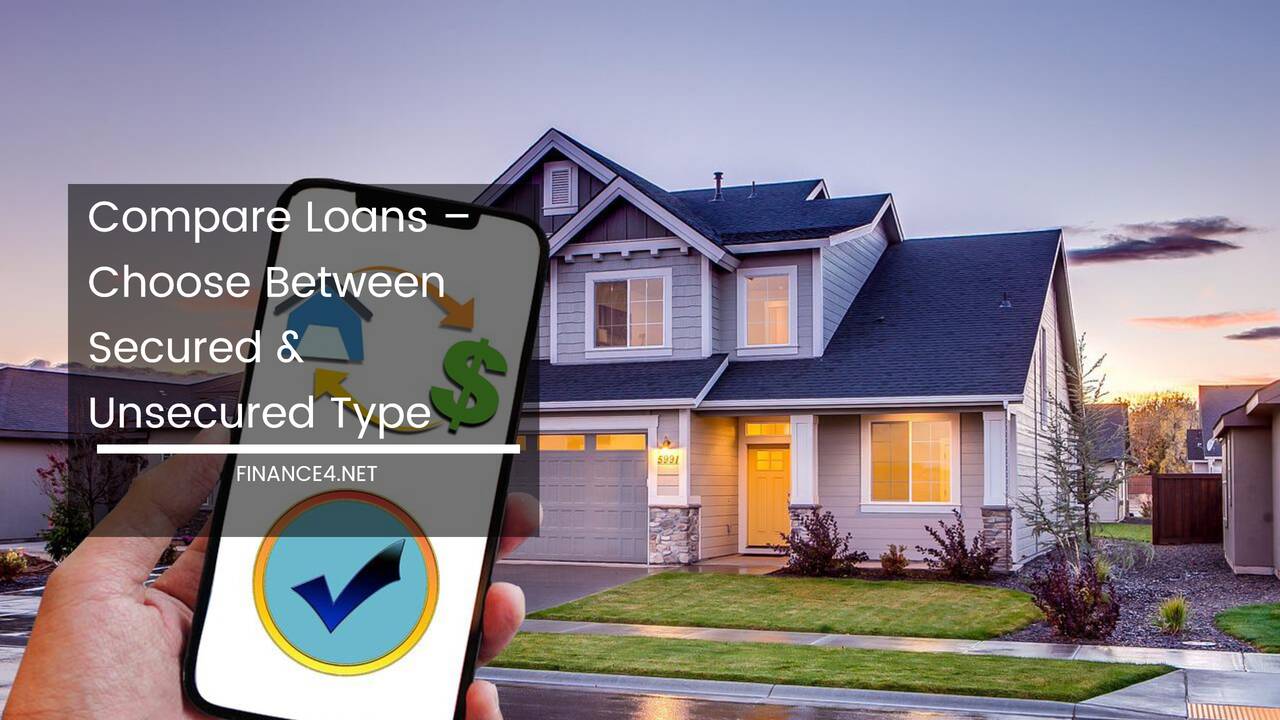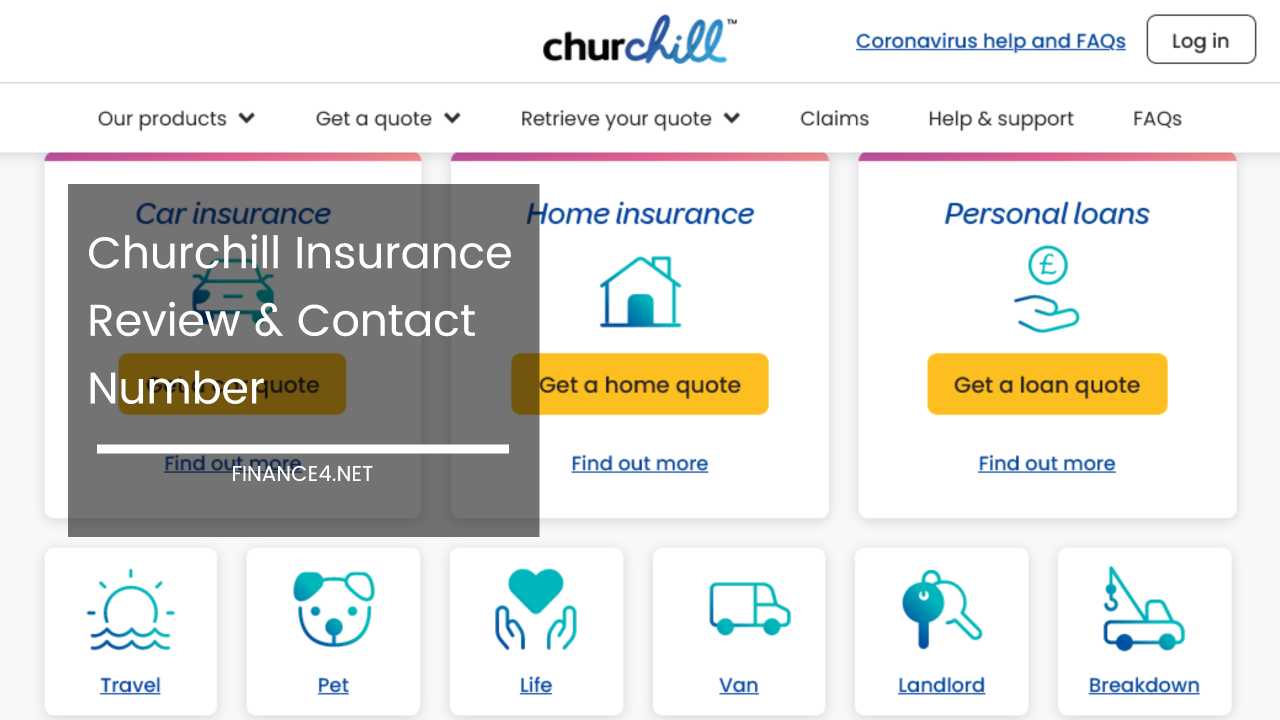Compare Loans – Choose Between Secured & Unsecured Type

Compare Loans
In the dynamic landscape of contemporary finance, obtaining loans has become an integral part of fulfilling diverse financial needs.
The credit market thrives with a plethora of loan options, ranging from business loans and home loans to vehicle loans, education loans, and tenant loans. Amidst this vast array, loans can broadly be categorized into two primary types – secured loans and unsecured loans.
A comprehensive understanding of the distinctions between these two categories is crucial for borrowers seeking financial assistance, as it allows them to make informed decisions tailored to their specific requirements.
The fundamental disparity between secured and unsecured loans lies in the requirement for collateral. Secured loans necessitate the provision of collateral, which serves as a safeguard for the lender in the event of borrower default. In contrast, unsecured loans do not mandate collateral, relying solely on the borrower’s creditworthiness as the basis for loan approval.
One pivotal aspect that distinguishes secured and unsecured loans is the scrutiny of credit history. Lenders meticulously examine the credit history of loan applicants to gauge their financial standing, both past and present. When applying for secured loans, lenders place a significant emphasis on the borrower’s credit report.
This scrutiny is a precautionary measure to ensure the borrower’s ability to meet repayment obligations. The presence of collateral acts as a form of assurance for the lender, resulting in lower interest rates for secured loans compared to their unsecured counterparts.
For those contemplating secured loans, several advantages may be anticipated, although the specifics can vary among lenders:
- Substantial loan amounts: Secured loans often provide access to higher loan amounts, with figures reaching £75,000 or even more. This feature is particularly beneficial for those with substantial financial requirements.
- Lower interest rates: Interest rates for secured loans typically range between 7.9% and 19.9%. This figure encompasses nominal interest rates along with charges for loan processing. The lower interest rates make secured loans a financially viable option for borrowers.
- Flexible repayment rules: Secured loans offer borrowers negotiable repayment terms. This flexibility may manifest in the form of grace periods or early pay-off options, providing borrowers with a degree of customization in their repayment plans.
- Extended repayment terms: The repayment period for secured loans can extend over a more extended span, often reaching up to twenty-five years. This elongated timeframe can be advantageous for borrowers who prefer a more gradual repayment approach.
Despite these advantages, secured loans come with notable disadvantages that borrowers must carefully consider:
- Slow loan processing: The thorough scrutiny of documents and collateral valuation can result in a slower loan processing time compared to unsecured loans. This may pose challenges for individuals seeking quick financial solutions.
- Risk of foreclosure: In the event of repeated payment failures, the lender retains the right to foreclose on the collateral. This risk underscores the importance of diligently adhering to the agreed-upon repayment terms.
For individuals in urgent need of financial assistance, it is imperative to compare loans of both secured and unsecured types. Such a comparative analysis allows borrowers to evaluate the trade-offs and make informed decisions aligned with their financial objectives and timelines.
Conversely, unsecured loans present a distinct set of advantages, making them an attractive option for certain borrowers. These advantages include faster approval processes, accessibility for individuals with poor credit reports, and a lower risk of property seizure due to the absence of collateral requirements. However, unsecured loans also come with a significant drawback – non-negotiable repayment terms.
- Faster approval: Unsecured loans generally undergo faster approval processes. The reduced documentation requirements contribute to a swifter loan approval, making them a suitable option for those in need of immediate financial assistance.
- Bad credit not a problem: Unsecured loans provide a lifeline for individuals with poor credit reports. The absence of credit checking makes these loans more accessible to a broader range of borrowers, irrespective of their credit history.
- Less risk of property seizure: The absence of collateral requirements in unsecured loans eliminates the threat of property seizure in the event of payment default. This feature provides a sense of security for borrowers who may be hesitant to put assets at risk.
However, it is essential to acknowledge the major disadvantage associated with unsecured loans:
- Non-negotiable payback rules: Unsecured loans typically come with non-negotiable repayment terms. Unlike secured loans, there is limited room for negotiation in establishing repayment schedules. This lack of flexibility may pose challenges for borrowers facing unforeseen financial constraints.
In conclusion, the choice between secured and unsecured loans is contingent on individual preferences, financial circumstances, and the urgency of the loan requirement.
A meticulous consideration and comparison of the advantages and disadvantages associated with each type empower borrowers to make well-informed decisions aligned with their specific needs and financial capabilities.
Whether opting for the substantial loan amounts and flexible repayment terms of secured loans or the faster approval and accessibility of unsecured loans, borrowers can navigate the intricate landscape of loans with a comprehensive understanding of the implications and trade-offs involved.



